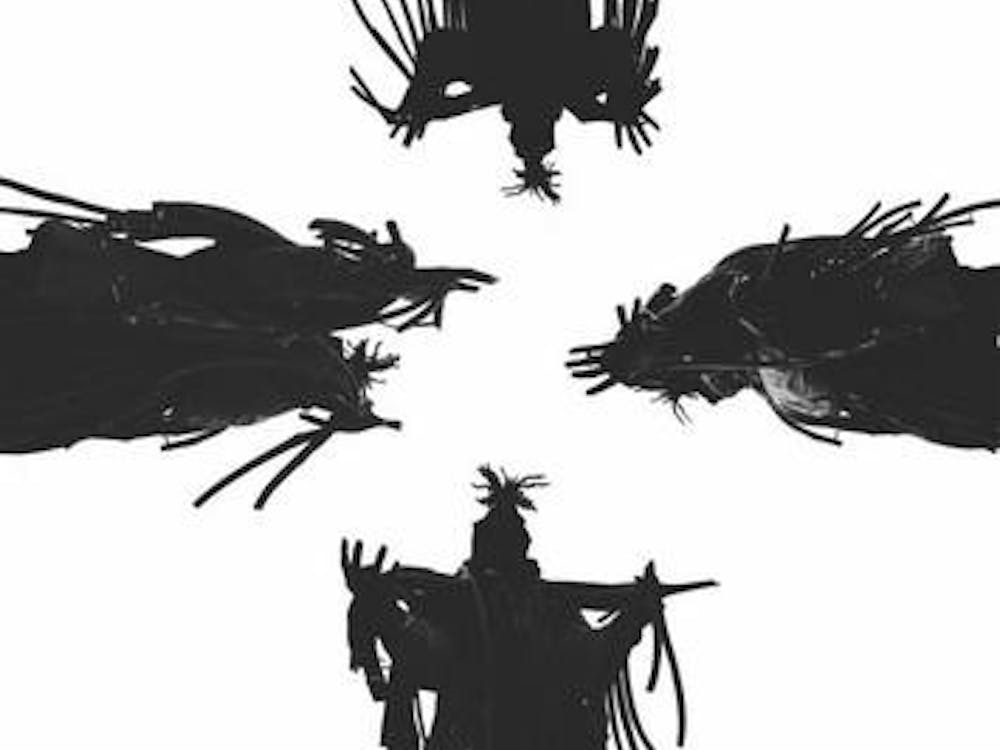Author Ed Falco bared his creative process in an intimate craft talk at Writer House Friday evening. The writer of “The Godfather” prequel “The Family Corleone” drew much of his talk from his most recent historical crime fiction novel, “Toughs.”
Writer House, a non-profit organization dedicated to providing space and resources for writers of all levels, invited Falco to talk about his experience writing creative historical fiction stories while maintaining historical accuracy.
The talk was moderated by Andrew Martin, a published fiction writer who is also an instructor at Writer House. Martin began with a reading of the opening scene of “Toughs.” Like “The Family Corleone,” “Toughs” tells the story of the conflict between the warring ganglands of 1930s New York City. The story centers on Vincent “Mad Dog” Coll’s attempted kidnapping of a rival bootlegger on the streets of New York. The kidnapping goes awry when it turns into a violent shootout, ultimately claiming the life of a five-year-old child.
Falco said he wanted to write about Coll ever since he finished his research for “The Family Corleone.”
“When I signed on to write a prequel to ‘The Godfather,’ I found out Mario Puzo, [the author of ‘The Godfather,’] had based his characters on real crime figures,” Falco said. “I did a lot of research into the era of the 30s in order to figure out what figures he was modelling his characters on. I kept coming across this kid called Vince Coll. … He was a bad guy, but an interesting bad guy. After ‘The Family Corleone,’ I decided I wanted to write about him.”
Despite Falco’s original intentions, “Toughs” didn’t end up being about Coll. Instead, the author used historical facts and figures related to Coll and the Combine, one of the biggest liquor-smuggling corporations at the time, as background to his novel while anchoring the story to a fictional protagonist, Loretto Jones.
“I knew I wanted to write about the shootout and I wanted to write out the scene where at one point the entire criminal underworld, Dutch Schultz, Al Capone and Lucky Luciano met to figure out how to get rid of [Coll,]" Falco said. "The historical events need to be there, but I am largely writing about my story and my characters. My story is mostly about [Jones’] relationship to Gina Baronti as he is torn between the gangster life and the Borantis’ stabilizing influence on him.”
Martin asked Falco to share his creative process involved in the integration of a fictional character into a complex historical landscape.
“The process of writing a historical novel is very similar to writing any novel,” Falco said. “You have to figure out the sequence of significant events and how those events might be influenced by your characters and change your characters at the same time. I tend to work organically where I let the novel evolve and grow naturally.”
Falco ended the hour-long talk with advice on setting up the time period and location of the story. He also pointed out the importance of using the era’s particular vernacular to lend an authentic aura to the work.
“I researched a lot of slangs from the 30s, picking out the ones that I can still use effectively," he said. "There are some slangs that are gone and no longer unrecognizable that it would be silly if you decided to use it. For example, I found the phrase ‘dollface,’ which was used to refer to a girl. People understand ‘hey doll.’ There’s a balance to keep in mind.”
Falco is a New York Times best-selling author. His five other novels include “Saint John of the Five Boroughs,” and a collection of literary and experimental short fictions, “In the Park of Culture.” Falco currently teaches at Virginia Tech’s MFA Program and resides in Blacksburg.







